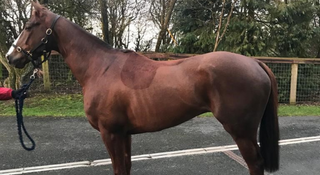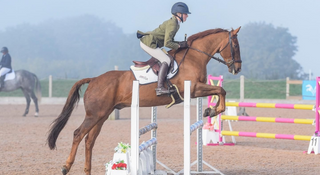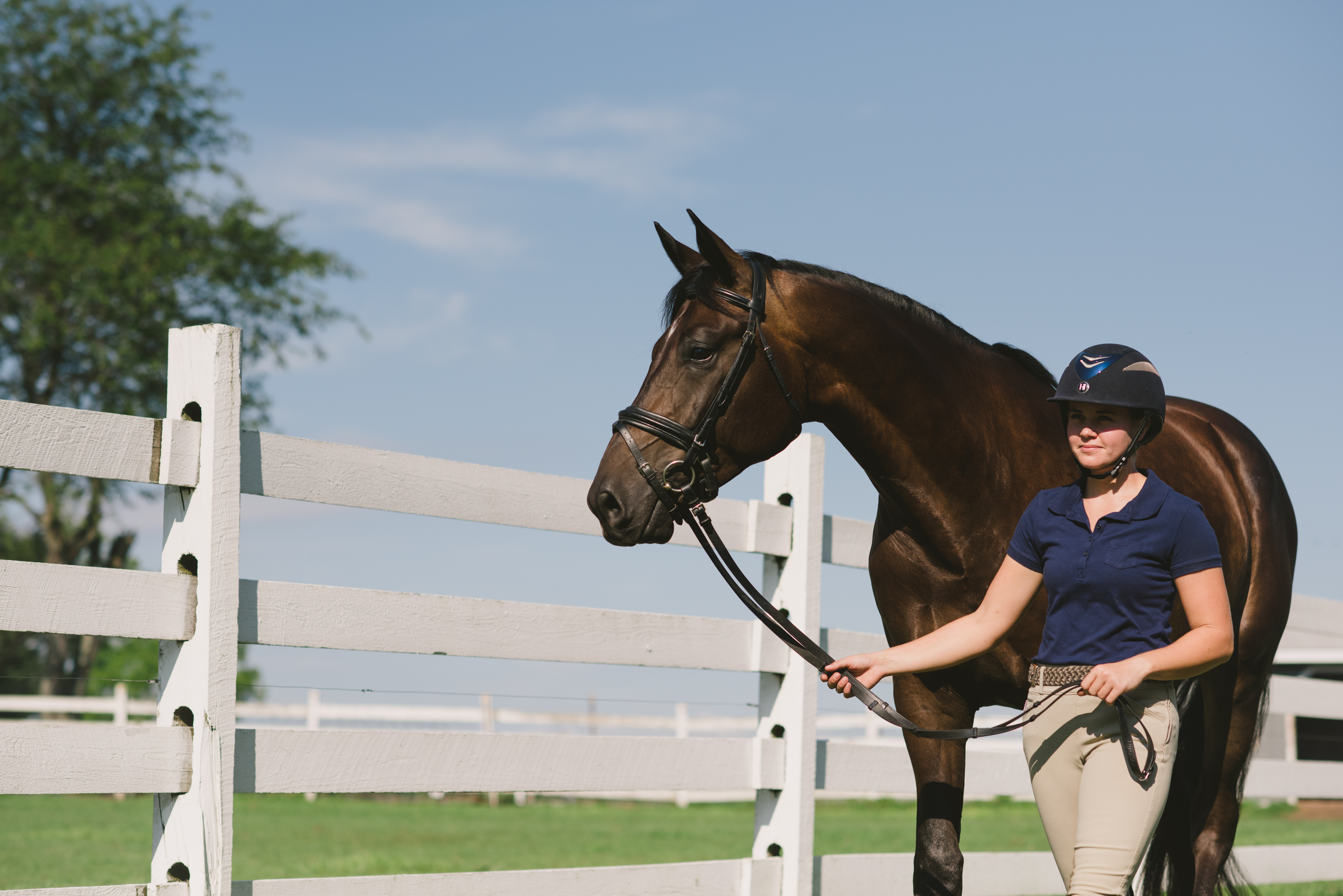
Retraining a racehorse
Retraining a racehorse to become a leisure or competition horse can be very rewarding and enjoyable.
02 December 2021
Read More
Retraining a racehorse: starting their new education under saddle
Retraining a racehorse to become a leisure or competition horse can be very rewarding and enjoyable. Here are a few things to consider, to help you introduce groundwork and make the transition to ridden work as stress free as possible for both horse and owner.
Beginning Education: groundwork
Racehorses have usually been well handled by professionals from a young age and as such they are generally polite to lead, load, clip etc. It is not uncommon for them to begin long-reining and the backing process at 18 months of age. This can be a good place to restart them assuming you are familiar and confident with the procedure yourself.
Lunging can also be useful but remember they will not be used to working to a contact or on circles so it is best to start without side reins and to keep sessions short (20 min max) Start as you would if backing a horse. Seek professional help if in any doubt.
Begin with a safe area such as an arena or lunging pen, with good footing. Establish the principles of lunging keeping sessions calm, and work on rhythm and balance. Keep to walk and trot. When the time comes to introduce side reins start with them long and allow the horse time to understand how to begin to use his abdominal and back muscles and engage his hinquarters. So far most of his life has been spent going in straight lines and using completely different muscles so be patient and don’t rush him.
Ridden work
Remember your racehorse may not be used to people mounting from the stirrup. Jockeys often have a leg up (or simply spring on!) Start teaching you new arrival to stand next to the mounting block and get used to some weight in the stirrup.
Tip: In the early days, it can help to have someone stand by his head and even offer a treat as the rider mounts to avoid any conflict or confusion. Try to be agile and not to spend ages getting on initially as he will be used to the rider getting on and getting going. It is better to work on standing still towards the end of your session rather than at the beginning.
Most racehorses are familiar with riding out so assuming you have somewhere safe (off road tracks ideally) then this is a good place to start after an initial walk round in the arena to check all is well and he accepts you. He will be used to riding in a string or group so start by taking him out with a sensible companion horse as opposed to on his own. Start with slow work so he learns to walk even when on grass. Only try solo trips once he has gained confidence.
Tip: Try to sit very relaxed yourself on a relatively light contact. He will read your body language and a short rein or tightening of the contact will indicate to him that you are about to canter or gallop!
Schooling
Some racehorses may have been schooled a bit especially National Hunt horses but in general they are likely to lack flat work training. A key difference is the jockey rides with a much shorter stirrup than the leisure rider and as such your racehorse may not be familiar with the leg aids. As a racehorse he will not have needed to work over his back and engage his hindquarters so allow time to develop this. Use plenty of slow work. Keep things simple but interesting using things such as large circles, figures of eight and serpentines. Concentrate on riding from your leg to a soft contact encouraging him to relax and seek your contact. Accepting the contact is a new lesson for the racehorse and will take time.
TIP: Surprisingly canter can seem difficult initially as the racehorse will be used to his rider being in a light seat as opposed to sitting deeply on him. Don’t worry if you need to adopt the light seat initially until he becomes stronger in his back and has better balance.
Further progression
Depending on your chosen discipline, polework and possibly jumping are great ways to help him develop as he progresses, and your partnership grows. Always start slowly; introduce each new element gradually and place emphasis on developing rhythm and relaxation. Interestingly it can often be easier to teach the flat racehorse to jump as opposed to one that has hurdled or jumped, as the latter have been trained to jump faster and flatter and so just like the flatwork, take time to establish new patterns and way of going.
Clinics and lessons or arena hire are a great way to start introducing your ex-racehorse to the idea of competitions. It may take a few outings for him to develop confidence as he can anticipate race day.
Tip: Allow some extra time to let him arrive and walk around in hand so that he realises he is not going racing.
Look up your local ROR (retraining of racehorses) group. They may offer clinics in your area and the coach will be experienced in helping with ex-racers.
Looking Ahead
There are many opportunities out there for you and your ex-racer including showing, dressage, eventing and showjumping. Many disciplines have classes specifically for ex-racers. Contact your local society for more information but don’t be in too much of a rush to start competing. Time taken to develop a strong partnership early on will reap rewards later on.
Many racehorses make excellent riding horses with time and patience. They have often had quite a lot of life experience and it can be very rewarding helping them to develop in their new career.
https://www.greatwoodcharity.org/
https://www.moorcroftracehorse.org.uk/
MM-17030

Retraining a racehorse to become a leisure or competition horse can be very rewarding and enjoyable.
02 December 2021
Read More
Abbie Burbidge explains why The Pony Club is so important to her life and her career with horses
23 November 2021
Read More
If you are planning to bring your horse back into work after time off during lockdown it pays to be prepared and to take things sl...
15 June 2020
Read More